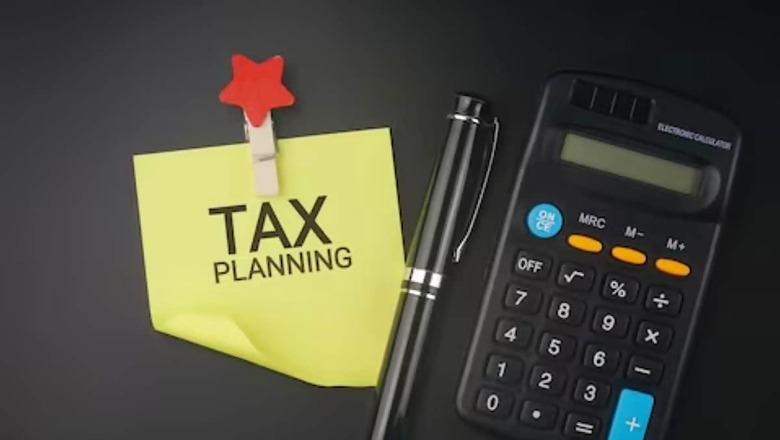
views
The March 31 deadline in India can lead to some last-minute tax-saving scrambles, and it’s easy to make mistakes in the rush. As the financial year ends and the deadline for tax-saving approaches in India, it’s crucial to be aware of common mistakes to avoid maximising your tax-saving efforts.
Navigating the intricacies of tax-saving planning as the March 31 deadline approaches requires careful consideration and foresight. In this fast-paced financial landscape, avoiding common pitfalls is paramount to maximising tax-saving opportunities.
Also Read: Narayana Murthy’s Grandson Gets Infosys Shares, Who Pays Tax & How Gifts Are Taxed In India
Whether it’s leveraging Section 80C benefits, exploring diverse investment avenues, or aligning strategies with long-term financial goals, a proactive approach can yield significant rewards.
Here are some common mistakes and how to avoid them:
- Procrastination: Waiting until the last minute can lead to hasty decisions and missed opportunities. Start tax planning early in the financial year to have ample time to explore various tax-saving options.
- Ignoring Section 80C: Section 80C of the Income Tax Act provides various avenues for tax-saving investments such as ELSS (Equity Linked Savings Scheme), PPF (Public Provident Fund), NSC (National Savings Certificate), etc. Many taxpayers fail to utilise the entire limit of Rs 1.5 lakh available under Section 80C. Evaluate all options and invest wisely to maximise tax savings under this section.
- Incomplete Documentation: Ensure all necessary documentation is in place for tax-saving investments. This includes investment receipts, premium payment certificates, loan certificates, etc. Incomplete documentation may lead to disqualification of tax deductions. Keep good records of your investments and deductions. The IT department may ask for documentation to verify your tax filings.
- Ignoring Tax Planning Instruments: Apart from Section 80C, there are other sections such as 80D (for health insurance premiums), 80E (for education loan interest), and 80G (for donations to specified funds) that offer tax benefits. Ignoring these avenues can result in missed opportunities to save tax.
- Not Considering Long-term Goals: Tax-saving investments should align with your long-term financial goals. Avoid making investments solely for tax-saving purposes without considering their suitability and alignment with your financial objectives.
- Focusing Only on Traditional Investments: While traditional tax-saving instruments like PPF and NSC are popular, consider exploring other options like ELSS, NPS (National Pension System), and ULIPs (Unit Linked Insurance Plans) for potentially higher returns and additional benefits.
- Ignoring Tax-saving Benefits at Workplace: Many employers offer tax-saving benefits such as EPF (Employee Provident Fund), NPS, and reimbursements for certain expenses. Take advantage of these benefits to optimise tax savings.
- Overlooking Tax-saving Opportunities for Non-salaried Individuals: Non-salaried individuals, such as freelancers and business owners, have additional tax-saving opportunities like deductions for business expenses, depreciation, etc. Ensure these opportunities are leveraged effectively.
- Putting All Your Eggs in One Basket: Don’t invest all your tax-saving money in one place. Spread your investments out to minimise risk.
- Overdoing It: There’s no need to invest more than what’s necessary to meet your tax saving goals. Invest carefully and consider your overall financial health.
- Failing to Review Previous Investments: Review existing investments regularly to ensure they are performing well and continue to align with your financial goals. Consider reallocating funds if necessary to optimise returns and tax benefits.
- Not Seeking Professional Advice: Tax laws and investment options can be complex. Consult a tax advisor or financial planner to devise a personalised tax-saving strategy that suits your specific financial situation and goals. Don’t just copy what a friend or family member does. Your tax situation is unique, and what works for them might not be the best option for you.
By avoiding these common mistakes, you can ensure effective tax planning and maximise your tax savings as the March 31 deadline approaches.




















Comments
0 comment